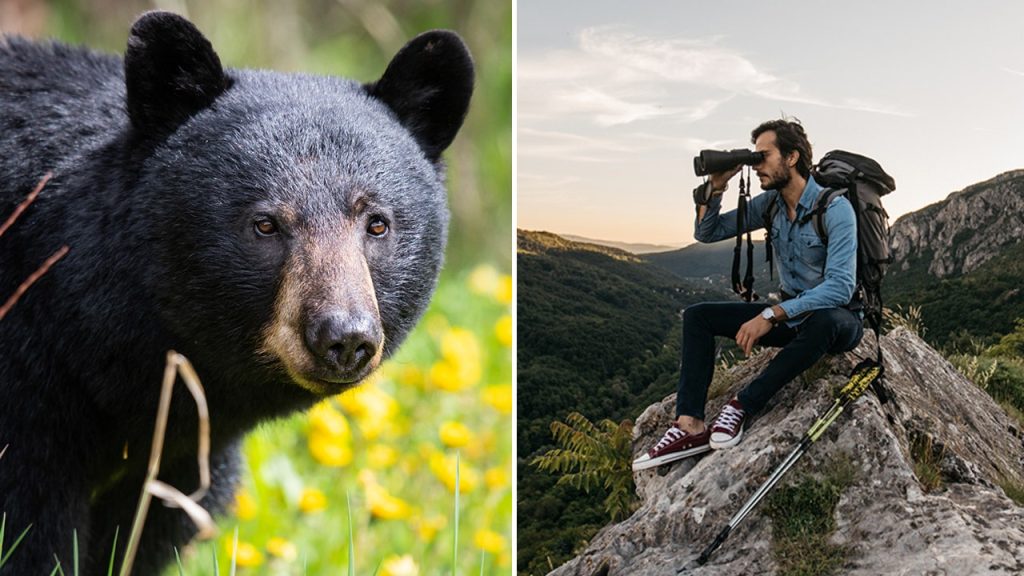Social media videos of black bears interacting with humans are increasingly common, but encounters with these animals can be dangerous. Research shows that bear interactions with humans are on the rise in multiple states across the United States. Data has revealed more than 46,000 incidents reported to state agencies in 2022. Tommy Campbell, a wildlife biologist, notes that human encroachment on bear habitats is a significant factor in this increase, as bears are becoming habituated to human encounters.
Lt. Aaron C. Morrow, a state game warden, explains that bears can become habituated to humans and may be attracted to backyards if food is present. Bird feeders, garbage cans, and backyard grills can draw bears in and cause property damage or increase the risk of human-bear encounters. To prevent bear sightings in residential areas, people are advised to eliminate attractants such as unsecured food sources, garbage cans, bird feeders, and backyard grills.
If you encounter a black bear, it is essential to keep your distance, remain calm, and stay out of the bear’s way. Running may trigger a chase response, so it is recommended to back away slowly in the opposite direction and wait for the bear to leave. Making loud noises or banging pots and pans together can help scare away the bear. Once the bear leaves, securing all food sources and removing attractants is advised. Hiking enthusiasts and hunters may also encounter bears, so it is crucial to take safety measures in bear country.
Mary Beth Skylis, an avid backpacker, shares her experience encountering three black bears while hiking in Virginia. She emphasizes the importance of respecting bears and giving them space. Avoid getting too close to bears, especially if they have cubs, and do not stop for selfies. Skylis also stresses the importance of managing food properly in bear country. Trash should be placed in bear-resistant containers to minimize attracting bears with food.
Contrary to popular belief, black bears prefer to avoid contact with humans. In the event of an attack, the Florida Fish and Wildlife Conservation Commission advises fighting back aggressively, focusing on the bear’s face, eyes, and nose. The U.S. National Park Service recommends escaping to a secure place, such as a car or building, if possible. If escape is not an option, fighting back using any available object and concentrating blows on the bear’s face and muzzle is crucial for survival. It is essential to be mindful of bear safety guidelines and take preventative measures to minimize human-bear encounters.
In conclusion, encounters with black bears can be dangerous, and it is crucial to take precautions to avoid conflicts with these animals. By eliminating attractants, respecting bears and their space, and following safety guidelines in bear country, humans can coexist with these animals more harmoniously. Understanding bear behavior, taking preventative measures, and knowing how to react in the event of an encounter can help reduce the risk of dangerous interactions with bears.


